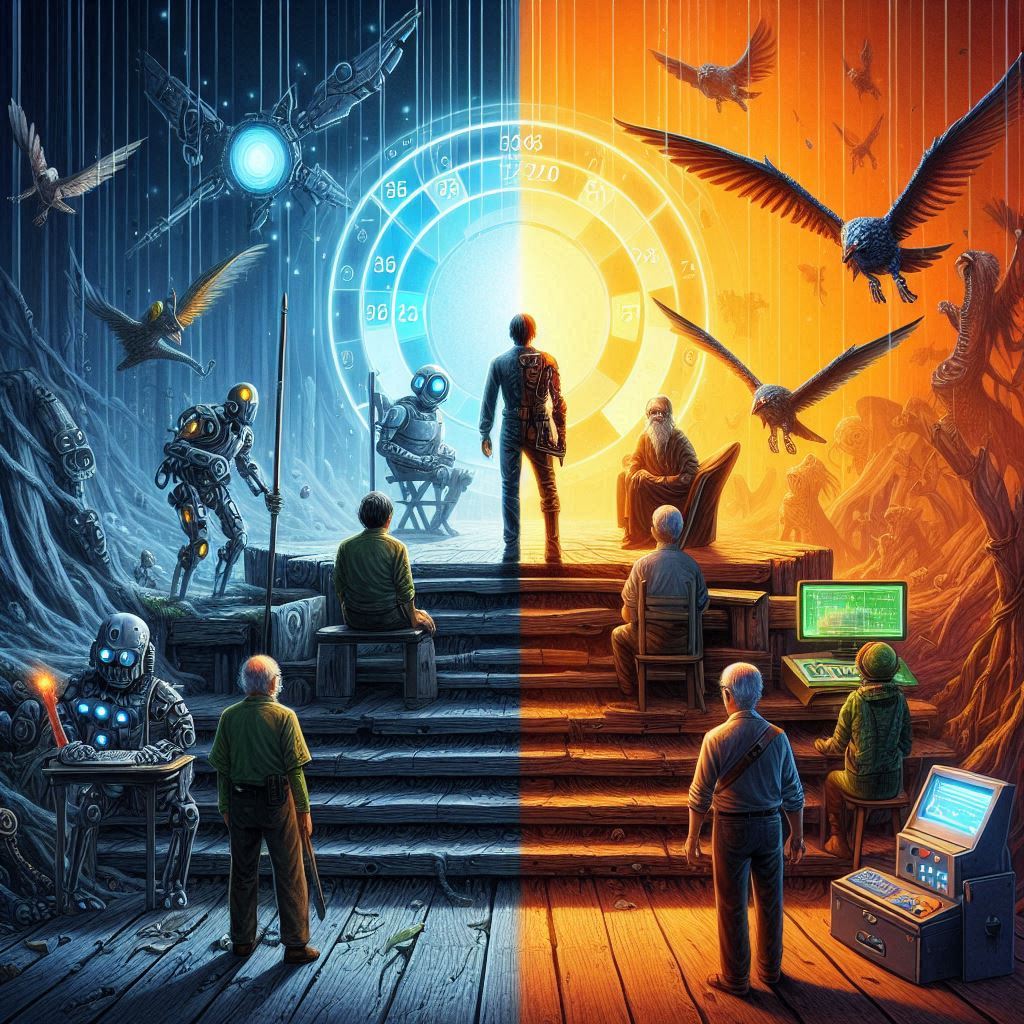Introduction
Game design has evolved significantly over the past two decades. The shift from linear, story-driven experiences to expansive open-world games reflects broader changes in player expectations and technological capabilities. This post explores how game design philosophy has transformed and what it means for modern gameplay.
Linear Game Design
In the early 2000s, linear game design was prevalent. Games like “Metroid Prime” and “Max Payne” offered structured experiences with predefined paths and objectives. This design approach ensured a focused narrative and manageable development scope but often limited player freedom.
The Rise of Open-World Games
The mid-2000s saw the emergence of open-world games, with titles like “Grand Theft Auto III” and “The Elder Scrolls IV: Oblivion” leading the charge. These games introduced expansive, interactive worlds where players could explore and engage with the environment at their own pace. The success of these titles spurred the development of even larger and more detailed open worlds.
Modern Open-World Design
Today’s open-world games, such as “Red Dead Redemption 2” and “Breath of the Wild,” feature vast, detailed worlds with dynamic weather systems, interactive NPCs, and numerous side activities. Players are given unprecedented freedom to shape their experiences, with non-linear narratives and emergent gameplay becoming standard features.
Challenges and Opportunities
The shift to open-world design presents several challenges, including increased development time and complexity. However, it also offers opportunities for richer storytelling and deeper player engagement. The ability to create living, breathing worlds allows developers to craft more immersive and personalized experiences.
Conclusion
The evolution from linear to open-world design reflects changes in player expectations and technological capabilities. While the shift presents challenges, it also opens new possibilities for creativity and engagement in game design.
